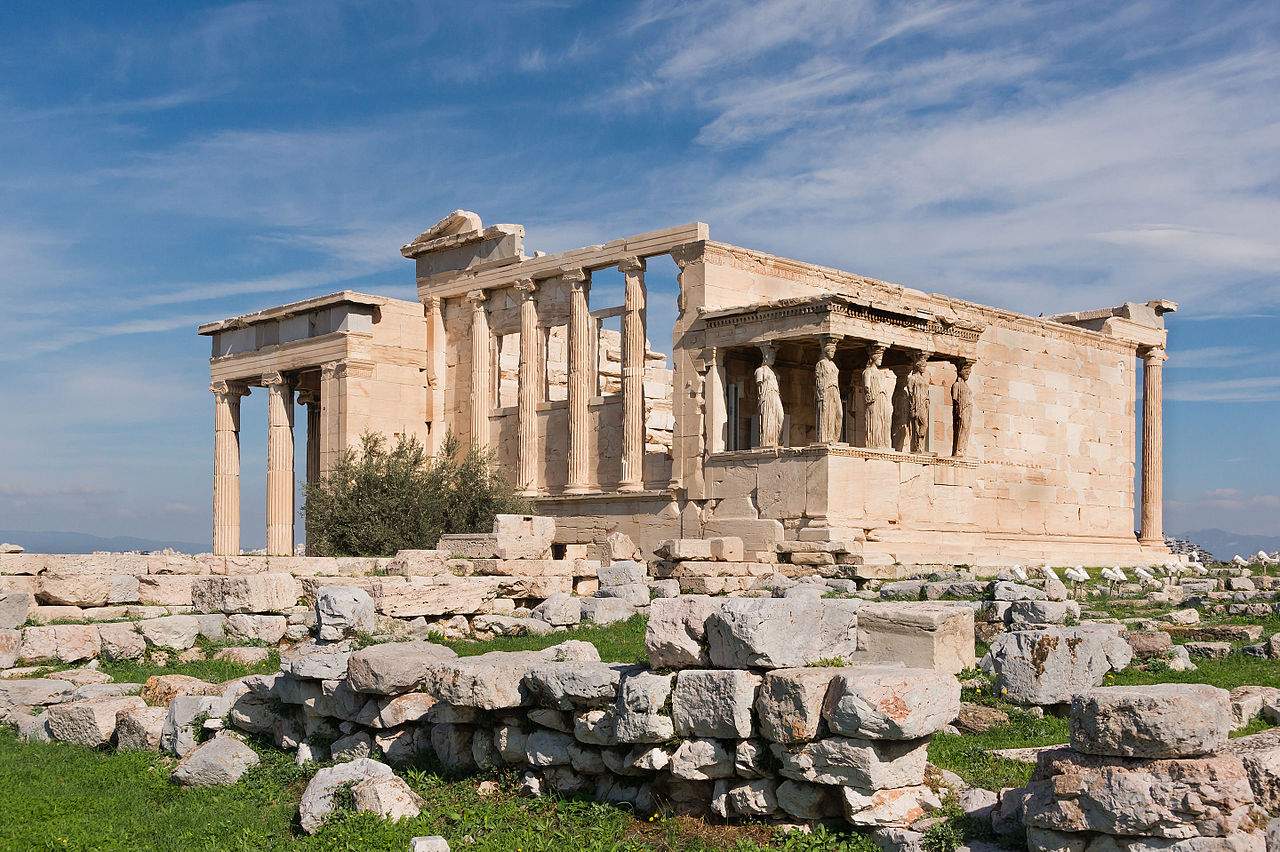Should we prepare to change the name by which one of Greece’s most famous monuments is known? The answer is in the affirmative for a Dutch archaeologist at Utrecht University, Janric van Rookhuijzen, according to whom we have been confused about the name of the Parthenon since Roman times: the term, in fact, would indicate another building, and not the one on top of theAcropolis in Athens. According to van Rookhuijzen’s study, the real Parthenon was a temple that contained offerings to the goddess Athena, and it would actually be the one known today as the Erechtheion, a hundred meters from the Parthenon: the latter, according to van Rookhuijzen, should therefore be referred to by its original name, Hekatónpedon (meaning “temple of a hundred feet,” because of its length). The Dutch archaeologist explains that the name Hekatónpedon is mentioned in some ancient inventories in which the hall where the statue of the goddess Athena stood is mentioned, a hall exactly one hundred feet long.
Janric van Rookhuijzen has based his research on the study of archaeological material and ancient texts, and while he has found little acceptance among his Greek colleagues, who at first expressed skepticism about his conclusions, he is now beginning to make inroads. “My Greek friends and colleagues,” he told the British newspaper Telegraph, “were obviously suspicious at first. Who is this Dutch guy who says the name should be changed? But now they claim there is some merit in the theory I proposed.” The term “Parthenon,” van Rookhuijzen goes on to explain, literally means “house of virgins” (the goddess Athena was a virgin, according to Greek mythology), and the virgins in question could be the caryatids of the celebrated Erechtheion lodge, the meaning of which scholars have always wondered about. As mentioned, according to van Rookhuijzen, probably the Erechtheion, as the real Parthenon, contained precious objects donated to the goddess: there is evidence in the ancient texts that attest to the presence of objects of great value inside it. However, according to the scholar, these texts were never given due attention because they were thought to refer to the Parthenon hall.
van Rookhuijzen’s theory was published in theAmerican Journal of Archaeology and is likely to be much discussed by the scientific community. Josine Blok, a professor of ancient cultures at the University of Utrecht, also let the Telegraph know that “van Rookhuijzen’s hypothesis will cause a small earthquake in the community,” and could change “our idea of the cult of the goddess Athena and the very image of the whole Acropolis.” Another scholar, Ineke Sluiter, professor of Greek Language and Literature at Leiden University, argues that “this study demonstrates the continued importance of never blindly trusting that what a community commonly takes for granted is actually true.”
Pictured: the Erechtheion in Athens. Ph. Credit
 |
| The real Parthenon of Athens? According to a Dutch archaeologist, it would actually be the Erechtheion |
Warning: the translation into English of the original Italian article was created using automatic tools. We undertake to review all articles, but we do not guarantee the total absence of inaccuracies in the translation due to the program. You can find the original by clicking on the ITA button. If you find any mistake,please contact us.